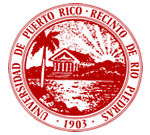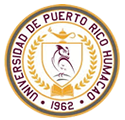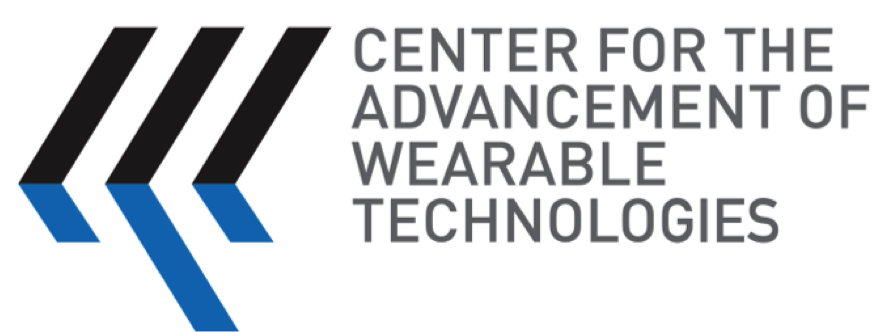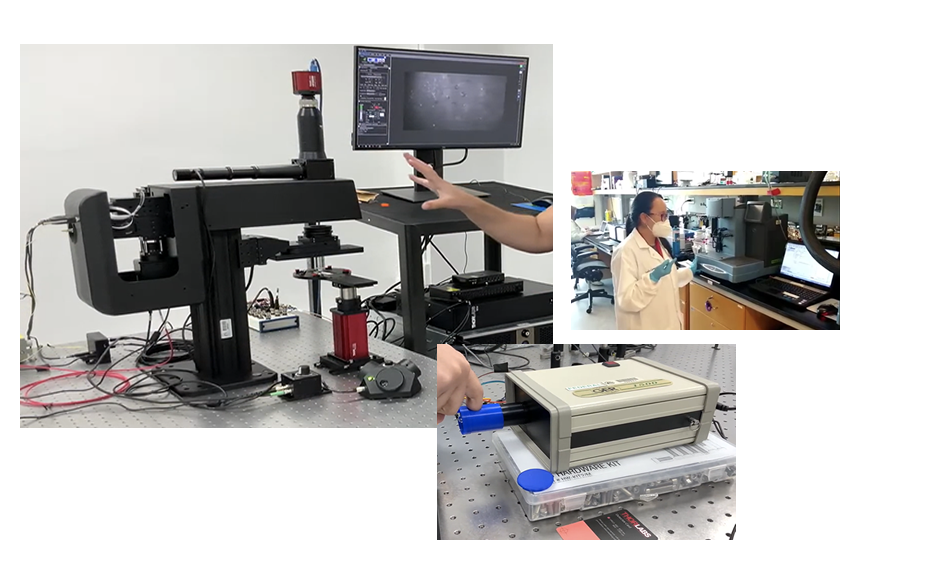 Link: Dr.-Lisandro-Cunci-R01
Link: Dr.-Lisandro-Cunci-R01



 Link: Dr. Juan F. Patarroyo Montenegro
Link: Dr. Juan F. Patarroyo Montenegro



Healthcare regimes shift more toward personalized medicine.
Globally wearable sensors will have an average compound annual growth rate of approximately 38% from 2017 to 2025.
The market value of wearables is currently more than $35B worldwide.

Challenges in WT
looks_two Adequate and lasting power to drive the technology of these devices
looks_3 Big data analytics to utilize and manage the steady stream of data generated by the devices

Status
UPR provides ~30% of the industry’s workforce. Demands for a more skilled and interdisciplinary workforce are high. For this reason, the human resources and workforce development components of CAWT are critical to the long-term vitality and prosperity of the Commonwealth.
The NSF EPSCoR Track 1 sponsored CAWT is providing the requisite research infrastructure and training, leading to new knowledge generation and improved academic research capacity necessary for human capital development in WT, economic rejuvenation, and stable long-term growth in PR.






HIGHLIGHTS
Overview
The vision of the Center for the Advancement of Wearable Technologies (CAWT) is to (1) advance the fundamental and applied science of biosensors, portable power/storage, and data analytics to enable next-generation wearables; (2) provide an engaged and diverse workforce for the Nation’s wearable technology (WT) sector; and (3) stimulate economic development in Puerto Rico. By 2019, the market value of wearables will reach $25B worldwide. This number is expected to increase as advances in nanoscience and technologies are used to build devices with functionality and physicochemical characteristics that can then be adapted to WT. PR EPSCoR seeks to leverage existing strengths in nanoscience, nanotechnology, and cyberinfrastructure as well as a host of academic, industry and government partnerships to discover new knowledge and technologies in the basic science underlying WT. CAWT brings together 41 scientists and engineers (including 12 new faculty hires) from five University of Puerto Rico campuses: Mayaguez, Rio Piedras, Medical Sciences, Humacao and Cayey – and one private institution, Universidad del Turabo. Also participating in this effort are 23 partner institutions, including 6 national laboratories and the recently formed NSF ERC for Cell Manufacturing Technologies (CMaT) based at the Georgia Institute of Technology. CAWT is aligned with 2 of the NSF 10 Big Ideas: (a) Work at the Human-Technology Frontier and (b) Harnessing Data for 21st Century Science and Engineering as well as the PR S&T Policy.
VISION & MISSION STATEMENTs
Vision: To advance the fundamental and applied science of biosensors, portable power, and data analytics to enable next-generation wearables while providing an engaged and diverse workforce for the Nation’s wearable technology (WT) sector, and stimulating the economic development in the Commonwealth in concert with the Jurisdiction’s robust medical device industry.
Mission: Create and sustain an internationally competitive center that will conduct R&D and innovation, insert a WT educational component into the K-20 continuum, promote human resource development in WT, and promote innovation and commercialization in the Jurisdiction.

